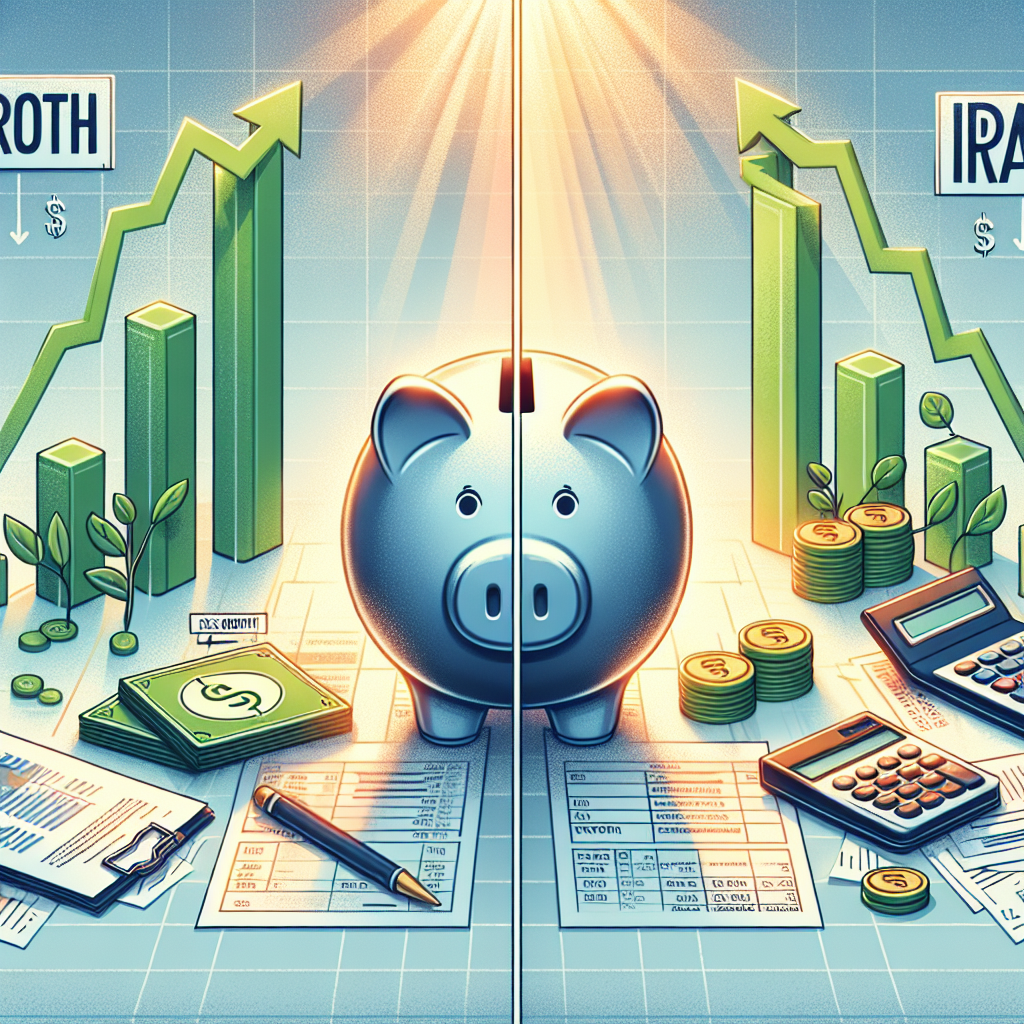When it comes to saving for retirement, the choice between a Roth IRA and a traditional IRA can be a pivotal decision. It’s not just about stashing away money; it’s about strategic planning to maximize your funds in the long term. Let’s break down the differences to help you decide which is best for you.
Understanding the Basics
A traditional IRA allows you to make pre-tax contributions, reducing your taxable income for the year you contribute. This means you’ll pay taxes on withdrawals in retirement. In contrast, a Roth IRA offers post-tax contributions, meaning you pay taxes now, but enjoy tax-free withdrawals later.
Eligibility and Contribution Limits
Both types of IRAs have the same contribution limit in 2023, which is $6,500, or $7,500 if you’re 50 or older. However, eligibility for these accounts differs significantly based on your income. Roth IRAs have income limits; if you earn too much, you can’t contribute at all. Traditional IRAs don’t have income limits for contributions, but there are limits for tax-deductibility if you or your spouse are covered by a retirement plan at work.
Withdrawal Rules
The rules about when and how you can withdraw your money are crucial. With traditional IRAs, you must start taking required minimum distributions (RMDs) at age 72, regardless of whether you need the money. Roth IRAs, on the other hand, do not require RMDs during the owner’s lifetime, offering more flexibility and the potential for further growth.
Tax Implications
This is where your current and expected future tax rates come into play. If you expect your tax rate to be higher in retirement than it is now, a Roth IRA could be more beneficial as you lock in your current lower rate. Conversely, if you anticipate a lower tax rate in retirement, a traditional IRA might make more sense financially.
Which One is Right for You?
Choosing between a Roth IRA and a traditional IRA often comes down to your current tax situation, your investment goals, and how you predict your income—and by extension, your tax bracket—to change over the years. If you’re early in your career or expect significant income growth, a Roth IRA might be more advantageous. If you’re closer to retirement and expect to drop into a lower tax bracket, then a traditional IRA could work better.
For those who find themselves frequently at the cusp of different tax brackets, or who enjoy a particularly high income, a backdoor Roth IRA—where you convert a traditional IRA into a Roth IRA—might be an option worth exploring.
Ultimately, the best choice will align with your financial situation and retirement planning goals. If you’re unsure, it might be beneficial to consult with a financial advisor to get personalized advice.
Next Steps
If you’re leaning towards a Roth IRA, consider how you can manage your taxes now to accommodate for the higher upfront tax hit. For a traditional IRA, think about your future tax implications and start planning for RMDs. Whichever you choose, start contributing as soon as possible to maximize the benefit of compounding interest over time.
For detailed strategies on creating a robust business plan, consider checking out How to Write a Business Plan That Gets Funded.


